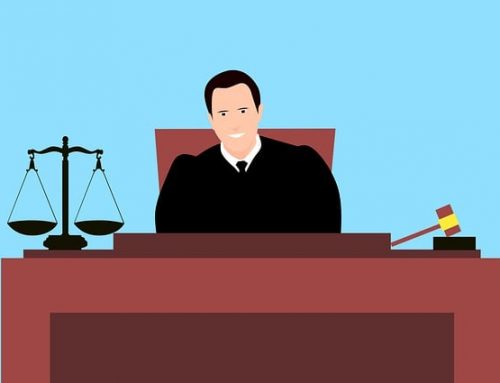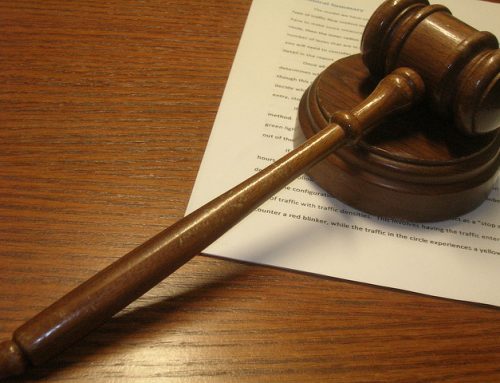On Friday, August 6th, a 51-year-old man allegedly attempted to take out an adversary by hitting him with his truck. According to reports, the suspect was driving down the road in his pickup when he saw his adversary standing in front of a laundromat. After seeing him, the suspect allegedly drove his truck toward his adversary, hitting him and sending him 20 feet back into the glass windows of the laundromat. After doing so, the suspect fled the scene.
He ended up parking in a nearby restaurant where he was confronted by witnesses. Eventually, firemen showed up and helped the witnesses detain the suspect until Santa Barbara police arrived.
The suspect was charged with attempted murder and assault with a deadly weapon. He was booked into the Santa Barbara County Jail in lieu of $500,000 bail.
Attempted murder is covered under California Penal Codes 664/187(a) PC and is described as a perpetrator intending to kill a victim and taking a direct step toward doing so, but the victim lives.
Attempted murder is divided into two categories: first-degree attempted murder and second-degree attempted murder. First-degree attempted murder is charged when the attempted crime is premeditated and willful, while second-degree attempted murder is charged in cases that do not meet the criteria of first-degree attempted murder.
Under California Law, attempted murder is a felony-level crime. The potential penalties for first-degree attempted murder include life in prison with the possibility of parole.
The potential penalties for second-degree attempted murder include 5, 7, or 9 years in prison.
Assault with a deadly weapon is covered under California Penal Code 245(a)(1) PC and is described as attacking, or attempting to attack, someone with a deadly weapon or by means likely to cause great bodily injury. It can be charged as a misdemeanor or a felony depending on the circumstances of the case and the defendant’s prior criminal history.
When charged as a misdemeanor, the potential penalties include up to 1 year in county jail. When charged as a felony, the potential penalties include up to 4 years in state prison.








Leave A Comment